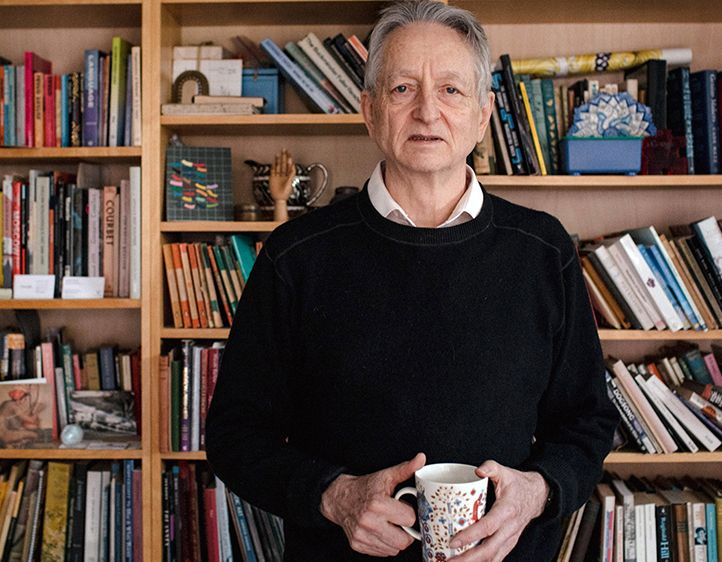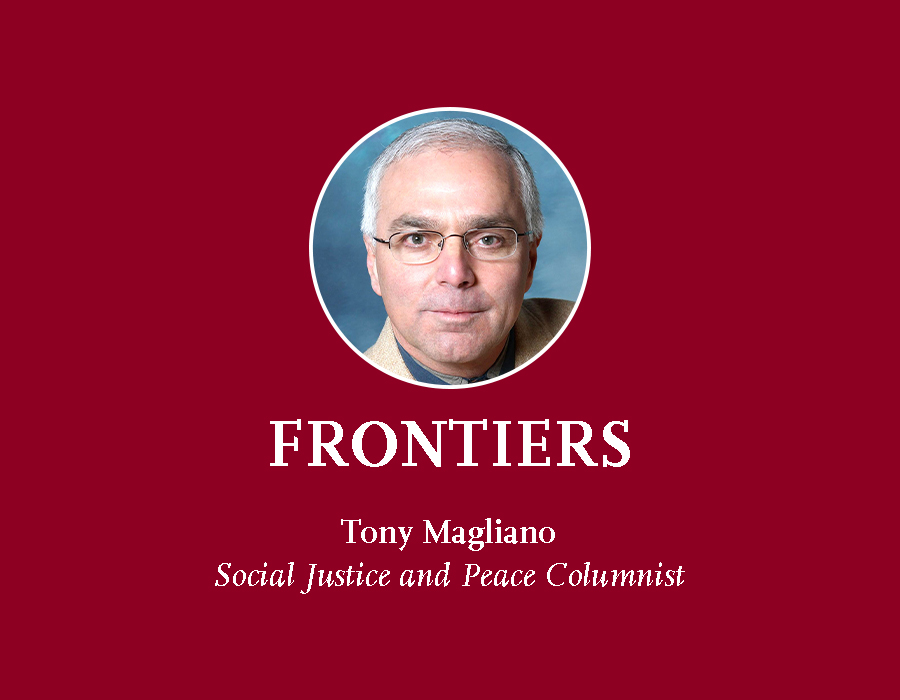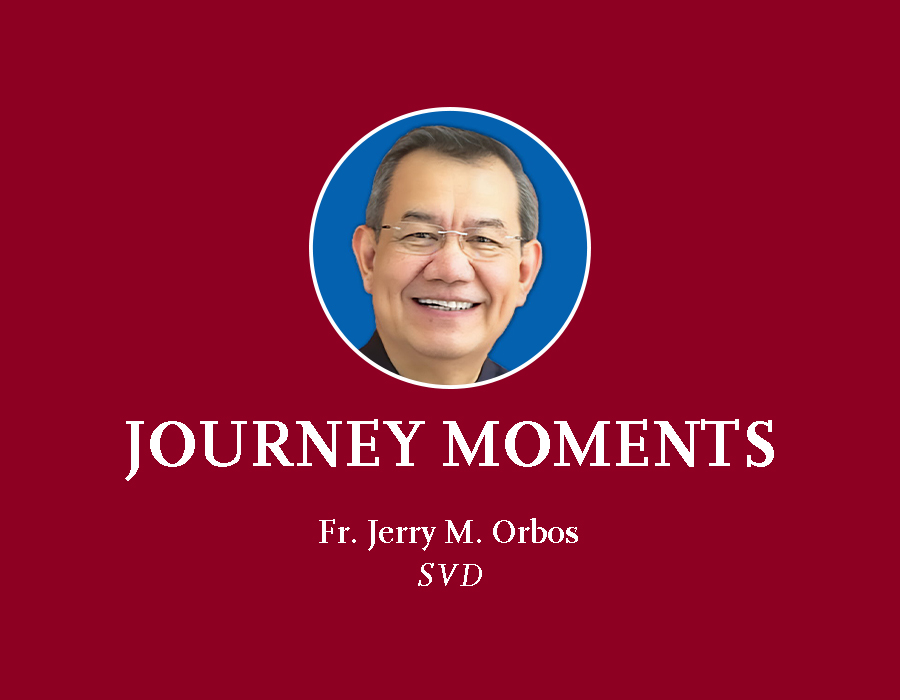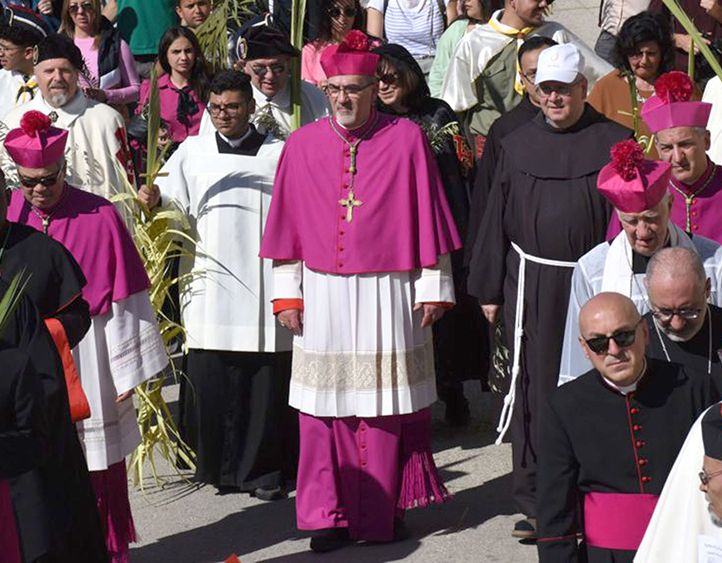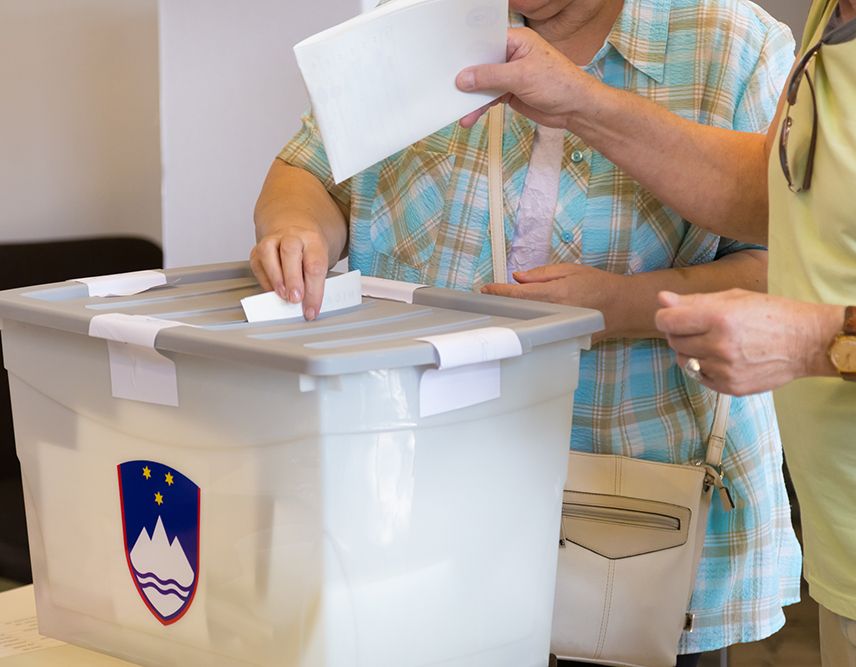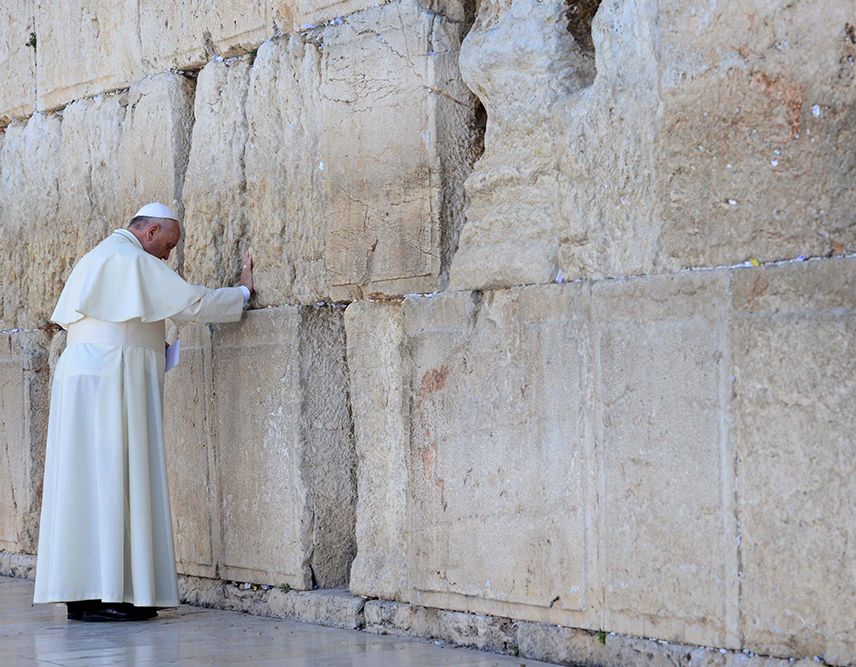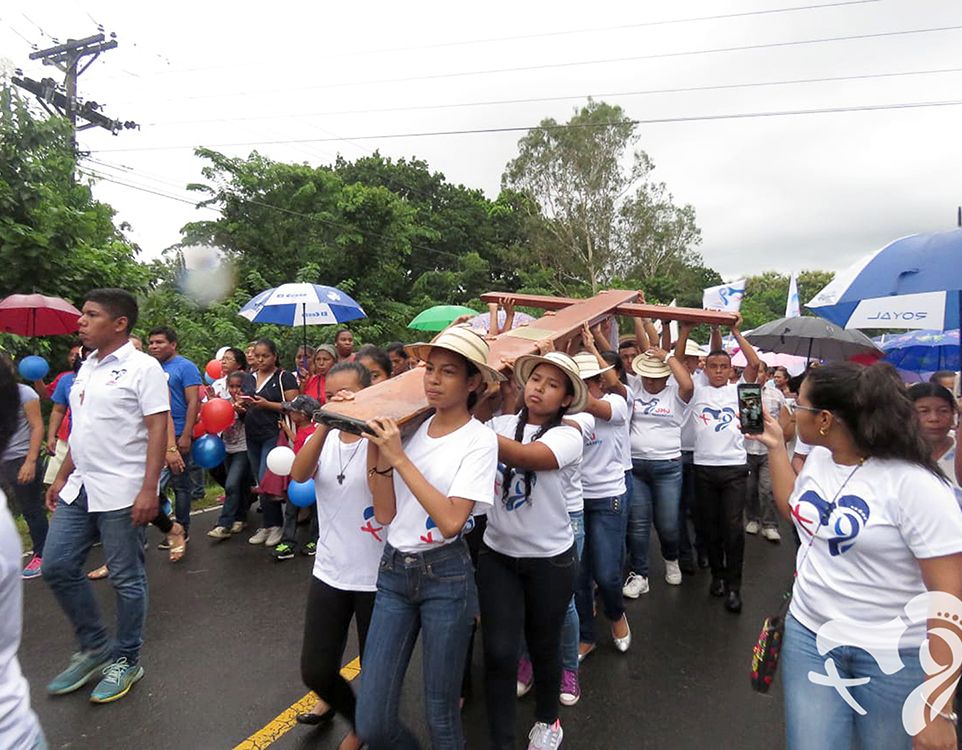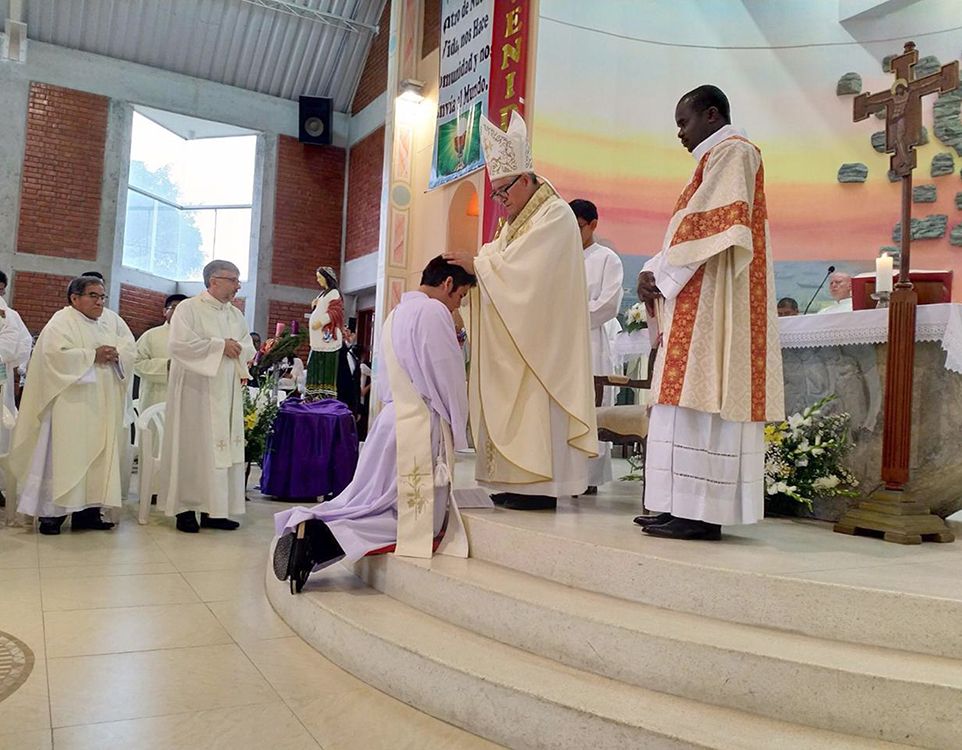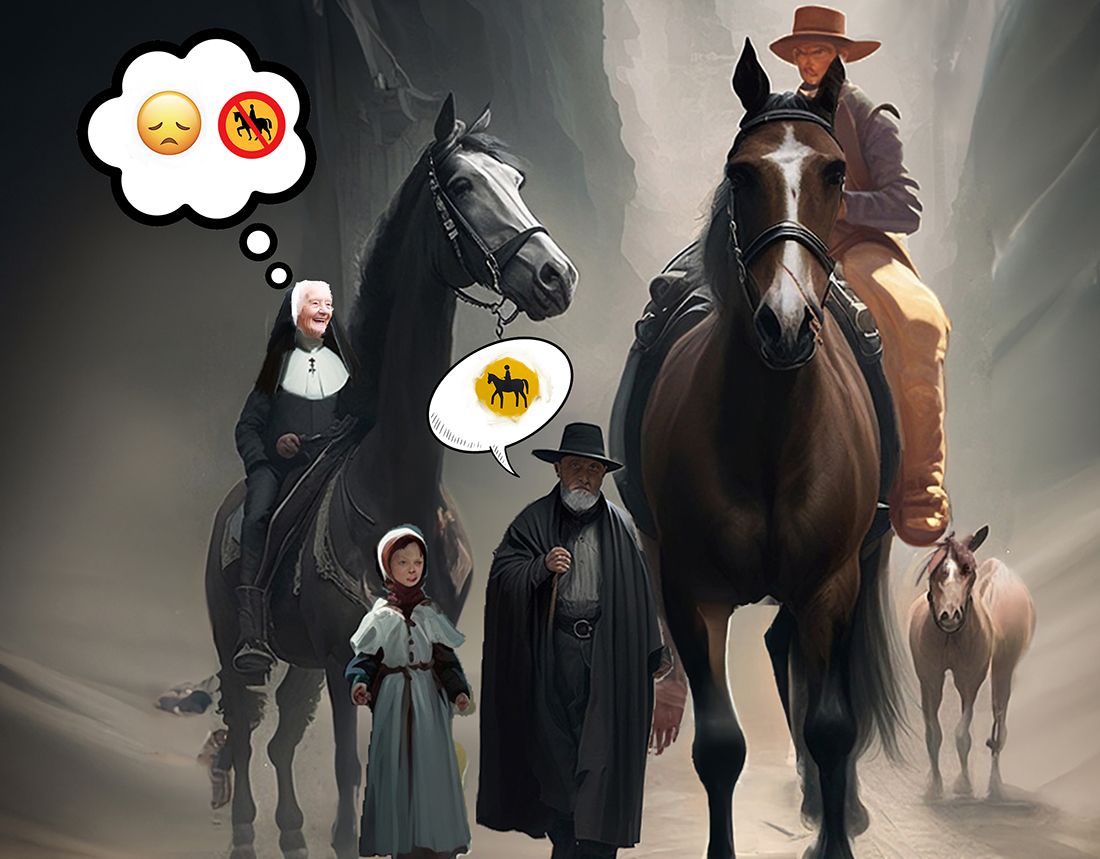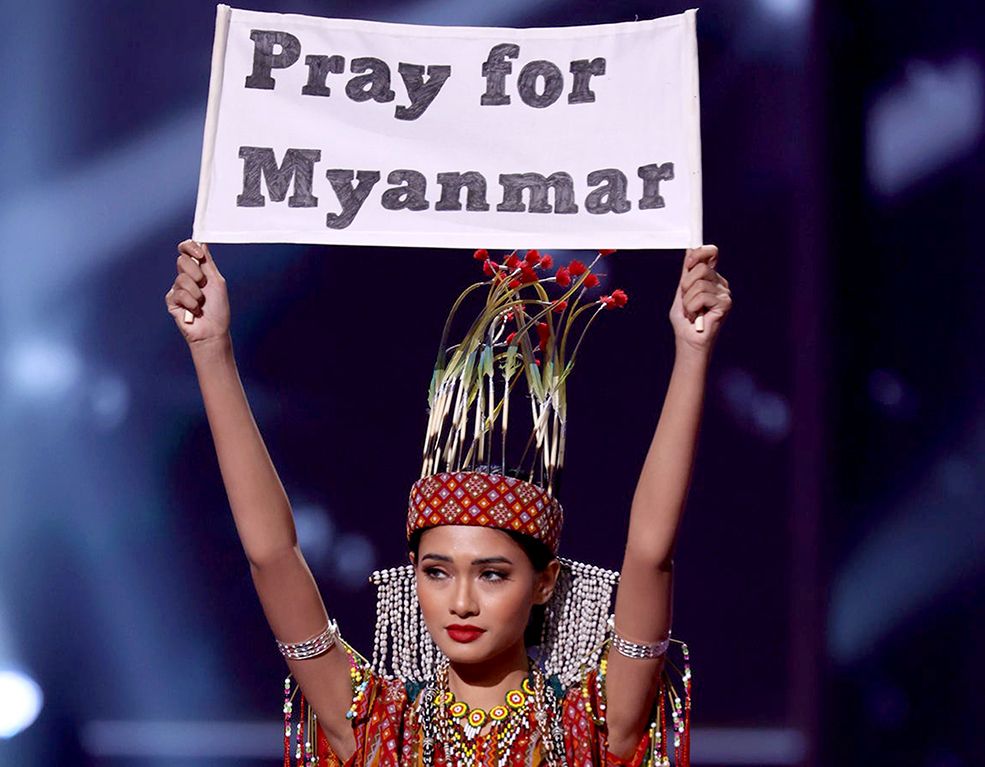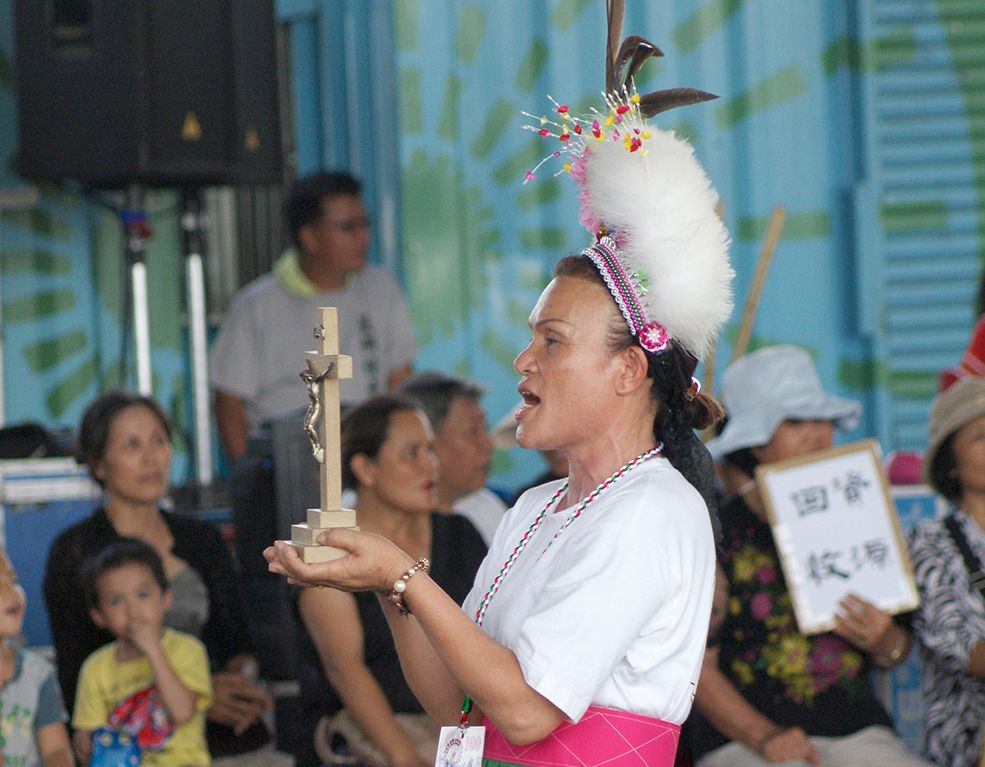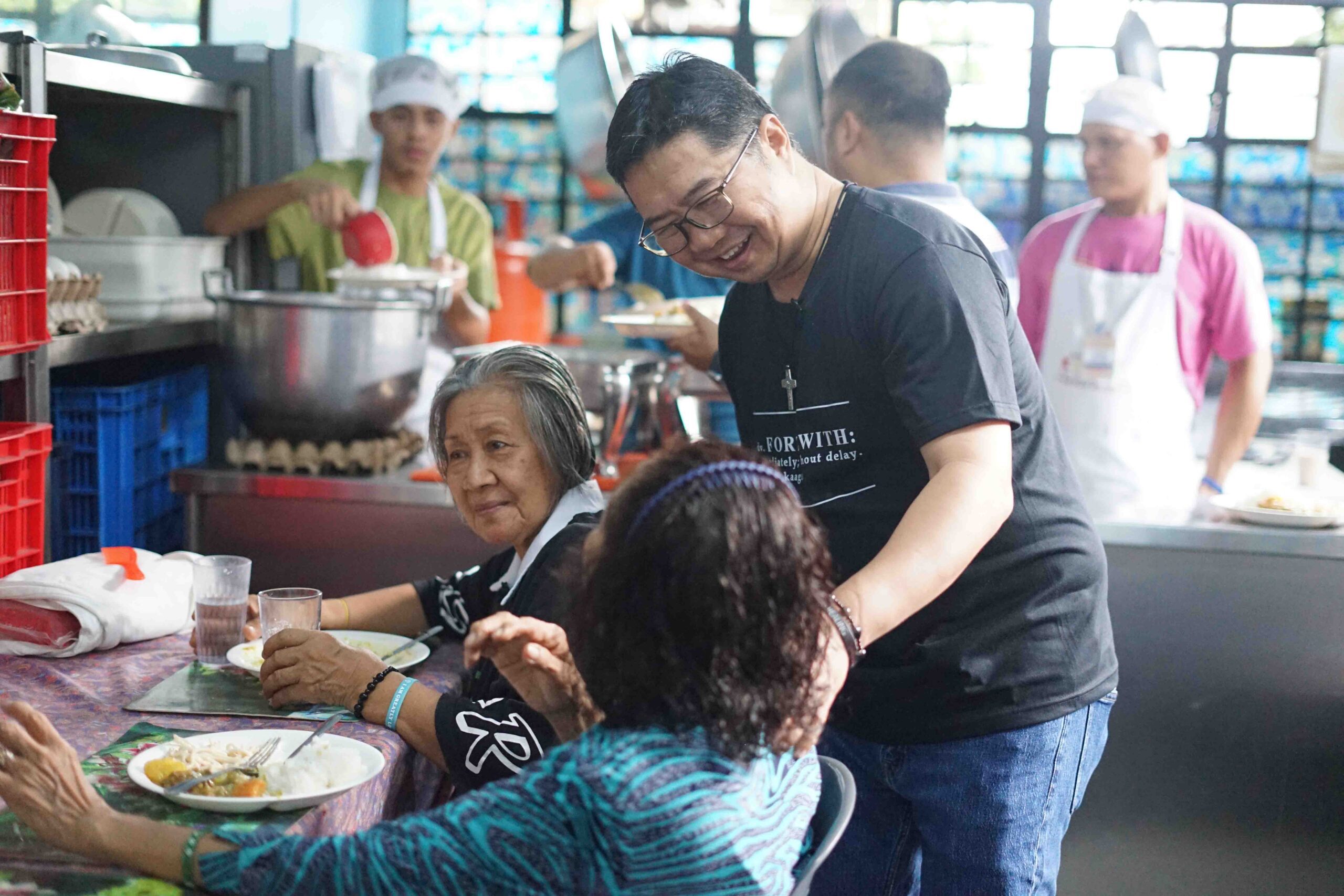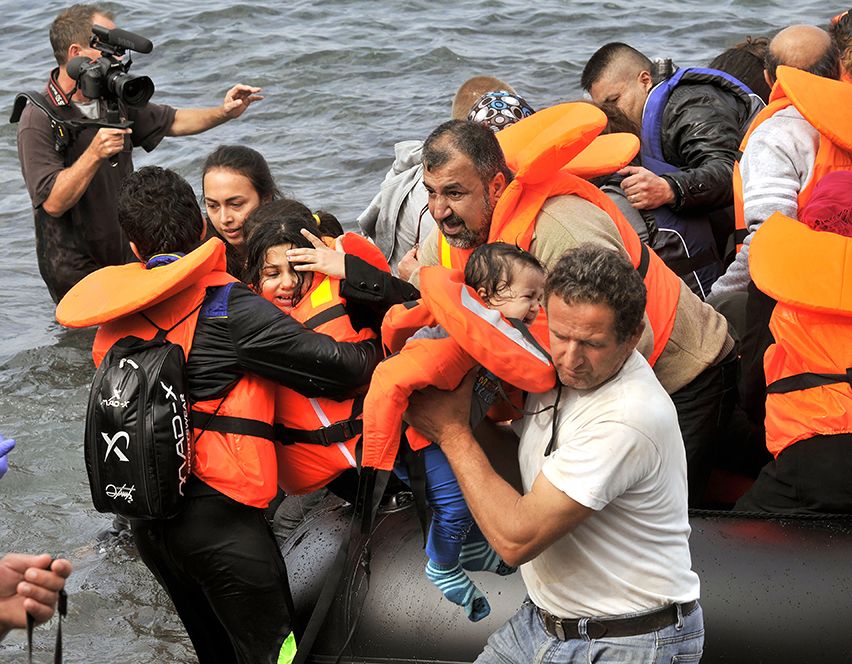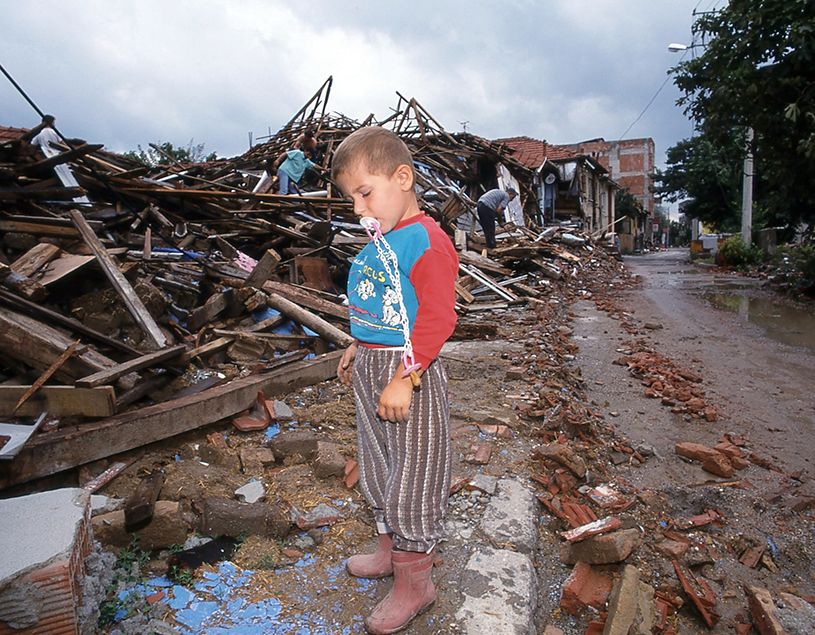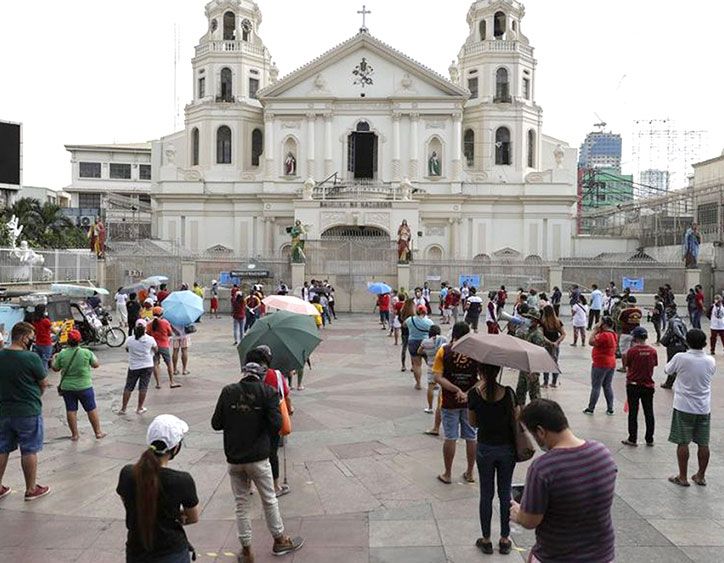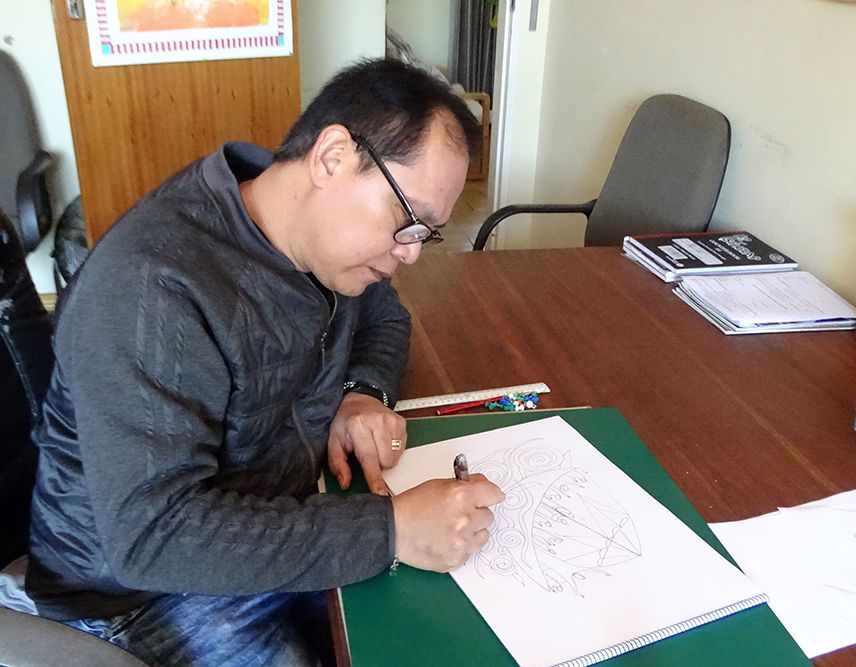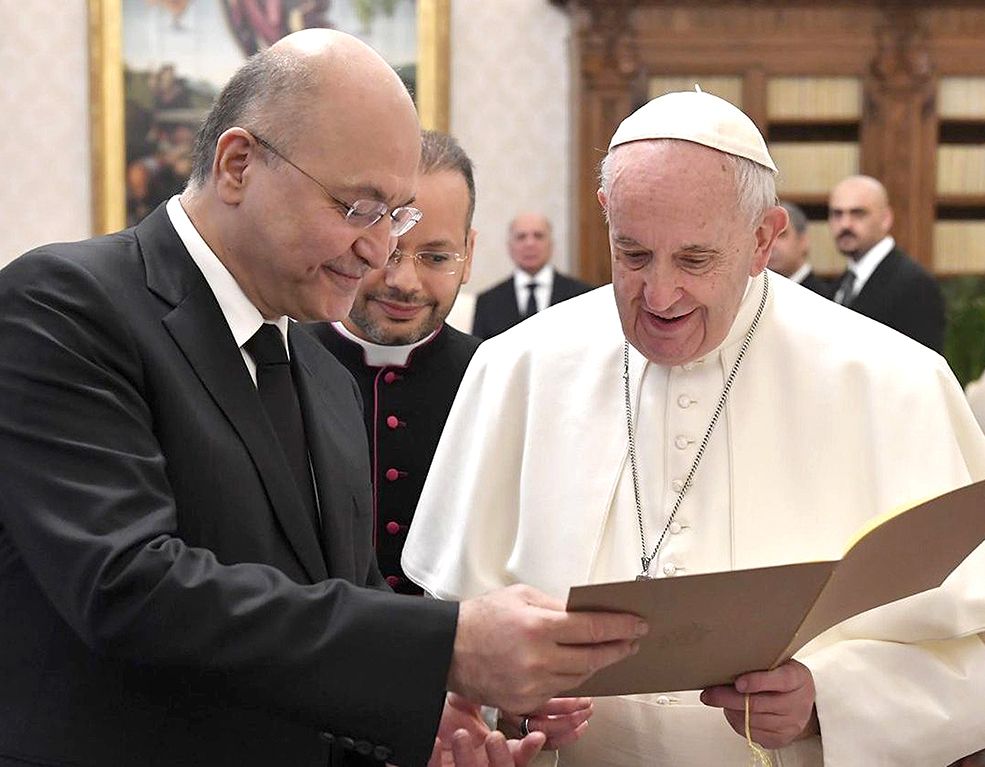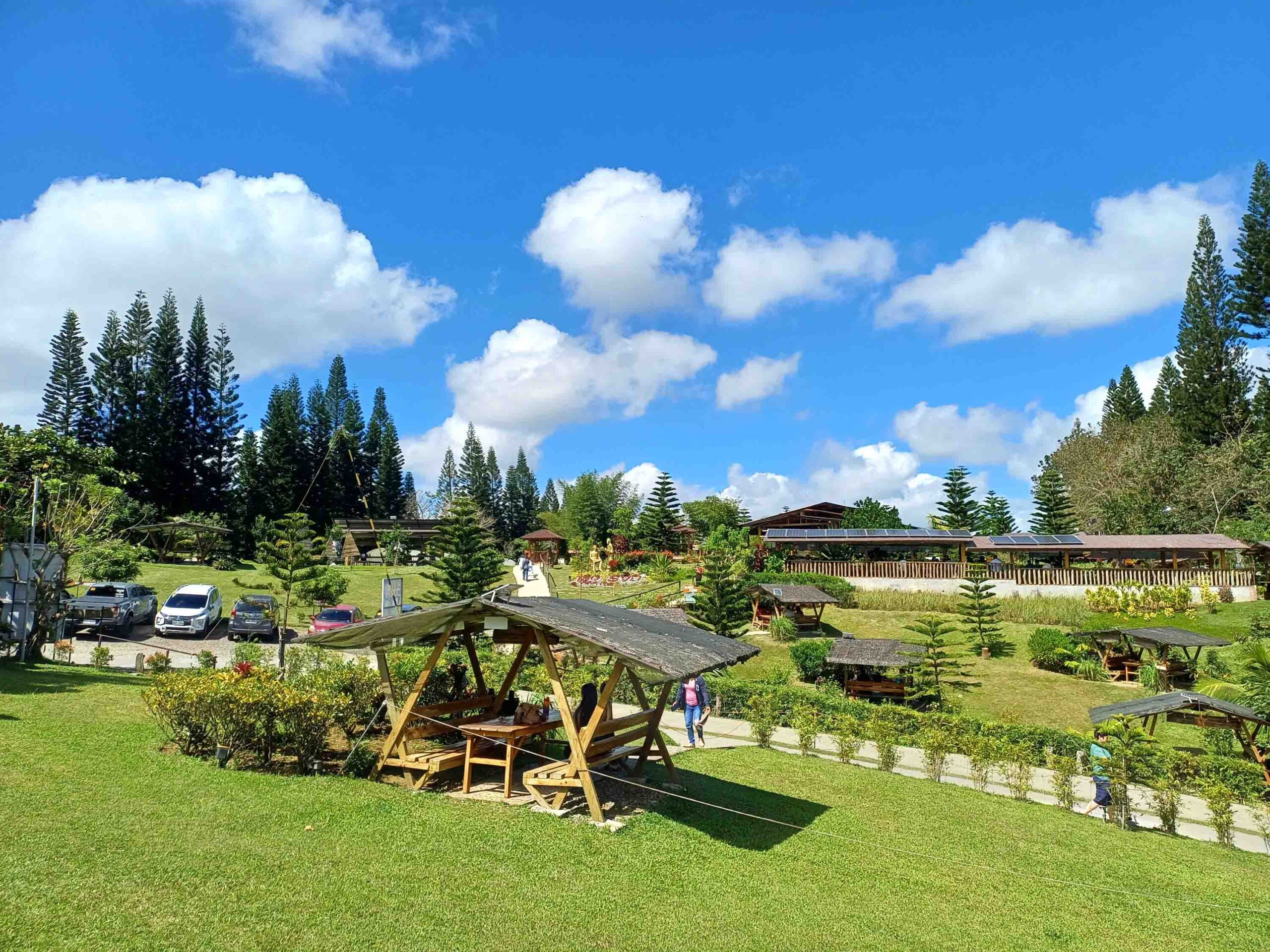In the Holy Land, Jews seem to live in perpetual fear of Muslims in unrelenting anger. Caught in the crossfires are Christians because every inch of Jerusalem means history and heritage to followers of the three Abrahamic religions.
Churches, shrines, and monasteries are places of sanctuary, identity, and hope for local Christians who face existential threats because Jews in Israel are told to see Muslims in Palestine as their bête-noir.
This year’s Ramadan, which started on March 22, may prove to be the most difficult to handle in years as tensions have remained high in the Holy Land with an uptick in violence so far this year.
During Ramadan, when Muslims worldwide fast and pray, Israelis and Palestinians often engage in clashes with grenades and rocket launchers. The Islamic holy month started on a sad note this year as already more than 84 Palestinians have been killed since the beginning of the year, which at this rate will surpass last year’s toll of 158, the highest since 2007.
CYCLE OF VIOLENCE
Citing a past track record in the violence-hit Holy Land, security experts say that as more Palestinians are killed in clashes, the greater the likelihood of other Palestinians is to join the cycle of violence.
On the Israeli side, 13 people died in Palestinian attacks so far this year, adding to the already existing fear of the Jewish state to retaliate, come what may.
Israeli security forces are leaving no stone unturned to prevent sectarian violence during the Muslim holy month of Ramadan, which this year coincides with the Jewish holiday of Passover and Christian holiday of Easter.
The Israeli government has beefed up security throughout the Holy Land, especially in the Old City and near the Temple Mount, as thousands of Palestinians are expected to pray at the Al-Aqsa Mosque – the third-holiest site in Islam – till the end of Ramadan on April 21.
Jews revere the hilltop as the Temple Mount and Muslims as Haram al-Sharif.
In late February, talks between Israeli and Palestinian officials took place in Jordan, which acts as the official custodian of Islamic and Christian sites in Jerusalem, to defuse tensions during Ramadan. They are expected to take stock of the situation in April in Sharm-el Sheik, Egypt, with the participation of senior officials from the US, Egypt, and Jordan.
ATTACKS ON CHRISTIAN SITES
Since Israeli-Palestinian peace talks have been stalled since 2014, attacks on Christian sites – dating back to the second or third century – have become a routine affair.
Most Christians in Israel are Arabs belonging either to the Greek Catholic, Greek Orthodox, or Roman Catholic Churches.
So far this year, violence against Christians and their properties has taken a turn for the worse. On March 19, two radical Israeli men reportedly entered the Church of Gethsemane in East Jerusalem, where the Tomb of the Virgin Mary is believed to be located, and physically attacked a bishop and two priests who were conducting a religious service. They also attempted to destroy the church properties.
The Orthodox Patriarchate of Jerusalem, represented by Patriarch Theophilus III, along with the Holy Synod and the Brotherhood of the Holy Sepulcher, criticized the vandalism, saying it “cannot be justified under any circumstances.”
On March 16, a Catholic school run by the Franciscan Sisters of Nazareth was targeted by two unknown armed men. Fortunately, no one was hurt.
In February, a statue of Jesus Christ was vandalized at the Church of the Condemnation, considered the place where Jesus was flogged and sentenced to death. A US tourist was held as the suspect.
In the same month, dozens of Christian graves were desecrated at a cemetery on Mount Zion, thought to be the location where Jesus had his Last Supper. Two Jewish teens were later arrested.
On New Year’s Day, two men toppled tombstones and smashed crosses in an Anglican cemetery.
Among the previous attacks include an attempted arson attack on the Basilica of the Agony, located on the Mount of Olives in Jerusalem next to the Garden of Gethsemane, by a 45-year-old Jewish man; five different vandalism attacks on the Benedictine Dormition Abbey in Jerusalem; an attempted arson by an assailant in 2014 on the same abbey; and an arson attack on Church of the Multiplication, located on the Sea of Galilee where Jesus fed thousands through the multiplication of loaves and fishes.
HOLY SITES UNDER THREAT
The holy sites in Jerusalem are threatened on multiple fronts, including vandalism, intimidation from radical settlers, and hostile government policies like taxation of church-owned properties and confiscation of land sold by churches to private groups supposedly to defend the interests of tenants.
The hostile government policies forced Catholic, Greek Orthodox, and Armenian Church leaders to temporarily down the shutters of the Church of the Holy Sepulchre in February 2018.
In East Jerusalem, 230,000 Israelis live along with at least 360,000 Palestinians. Both want the place as the capital of their future state. The conflict between them only serves to further divide the Christians –those siding with Palestinians due to their Arab roots and those batting for the Jewish state.
In the absence of efforts to promote plurality and religious diversity and the state working for only one set of people, Christians in the Holy Land are threatened by money and muscle power at the same time. It is reported that properties owned by Christians are diminishing in the Christian quarters of Old City Jerusalem as a systematic attempt is to cast them away.
Christians are essential to the identity of Jerusalem – the common patrimony of Judaism, Christianity, and Islam – and making it the exclusive monopoly of one religion is equal to whitewashing history. Published in Ucanews






